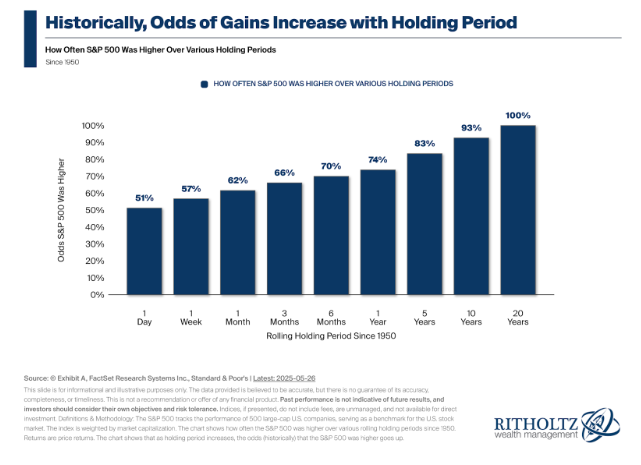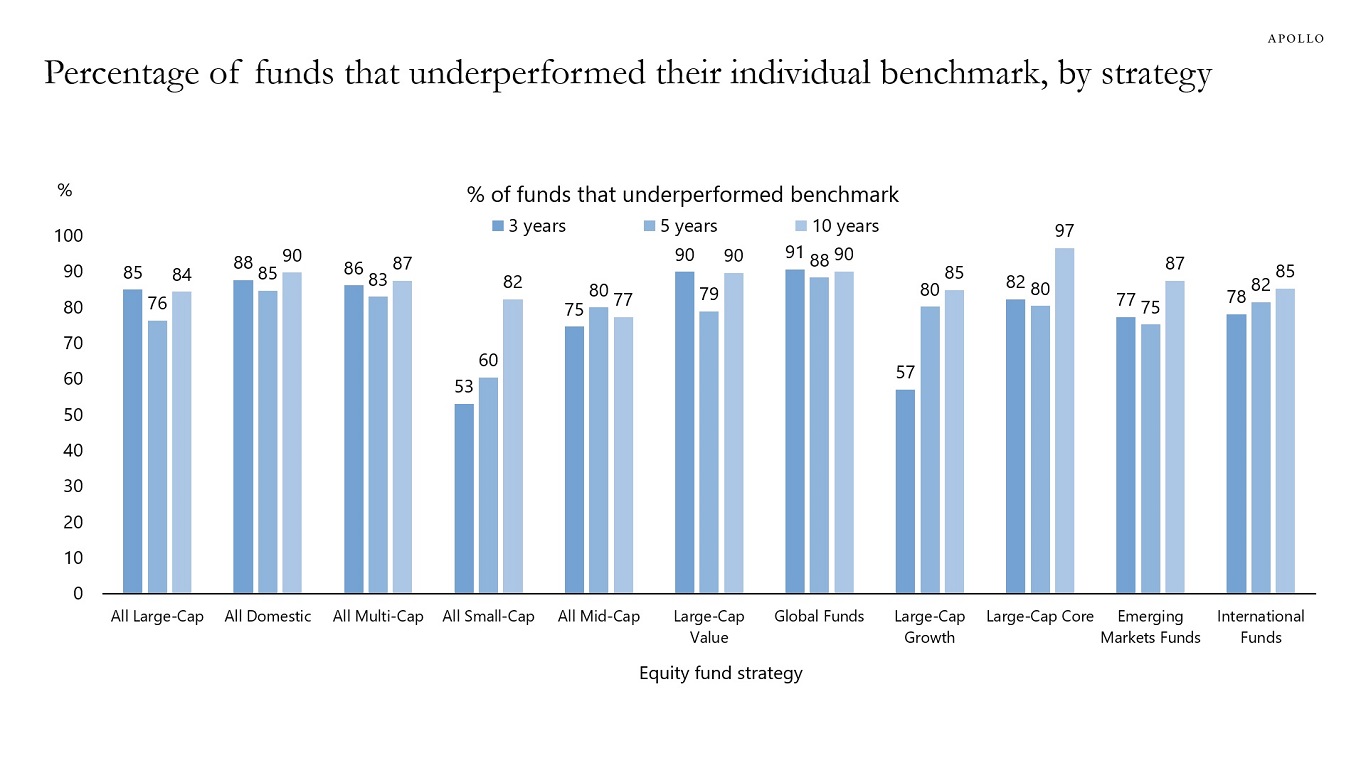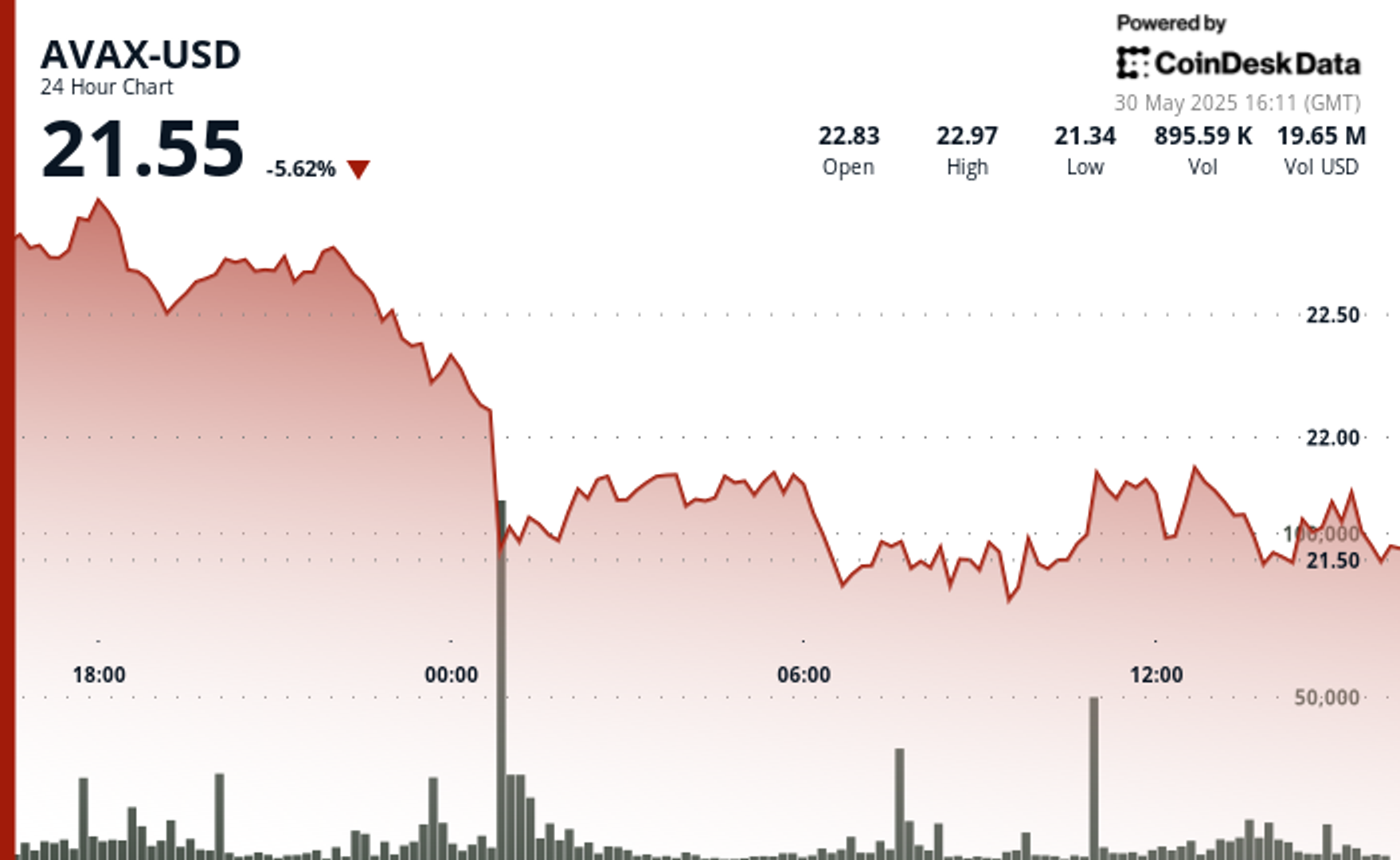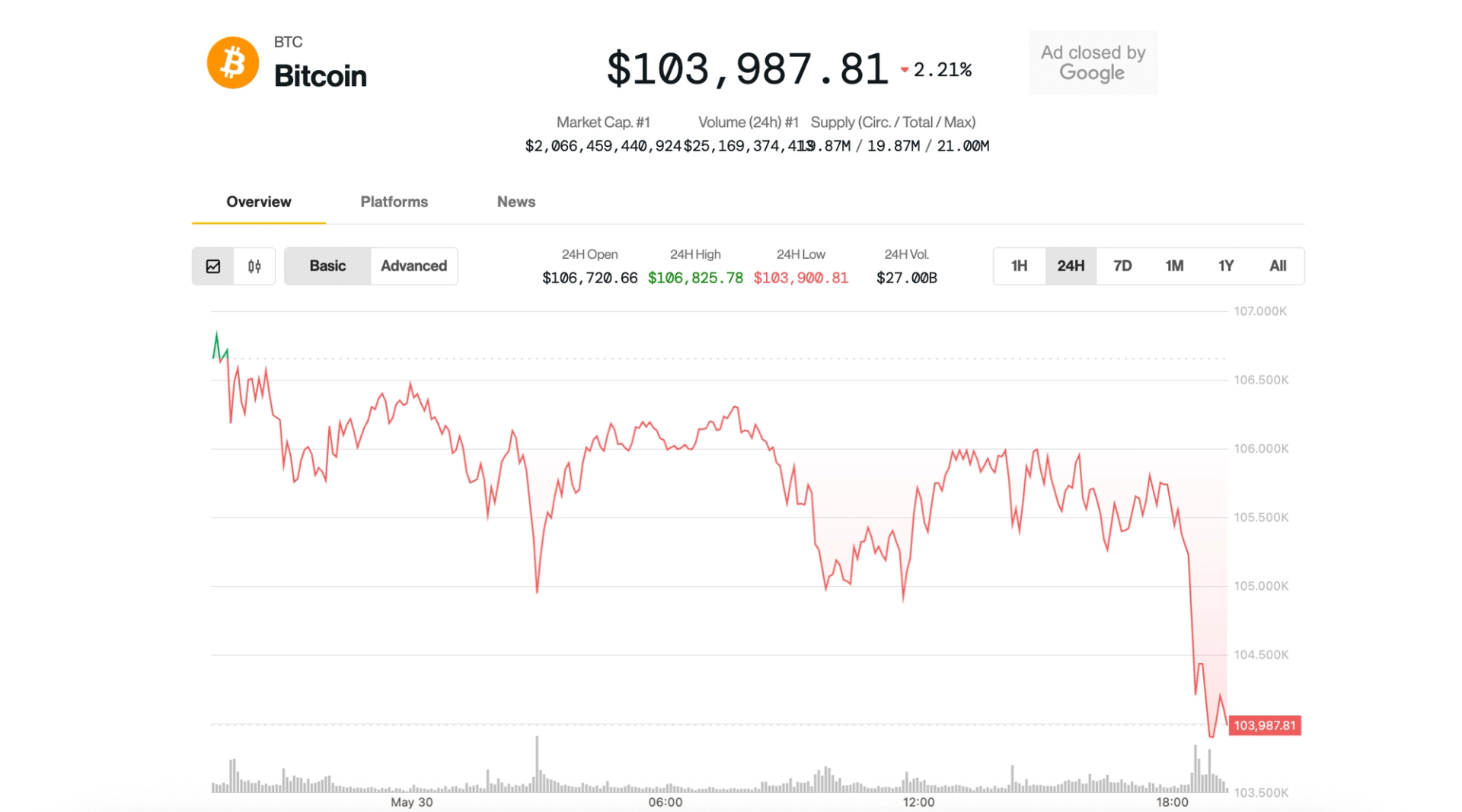A Look at U.S. Workers Who’ve Accumulated $1M in Retirement Funds
Over the last few decades, it’s become commonplace to think that to retire comfortably in America, you need at least $1 million in retirement funds. As a result, this number has been the goal for all Americans to strive for, in the hopes of having enough money to enjoy their golden years. With this number […] The post A Look at U.S. Workers Who’ve Accumulated $1M in Retirement Funds appeared first on 24/7 Wall St..

Over the last few decades, it’s become commonplace to think that to retire comfortably in America, you need at least $1 million in retirement funds. As a result, this number has been the goal for all Americans to strive for, in the hopes of having enough money to enjoy their golden years.
For decades, there has been a belief that American workers need at least $1 million to retire comfortably.
Although this number may still be accurate, the reality is that only a tiny percentage of Americans achieve this goal.
The hope is that with better savings and investing habits, more Americans can achieve this number in the future.
Are you ahead, or behind on retirement? SmartAsset’s free tool can match you with a financial advisor in minutes to help you answer that today. Each advisor has been carefully vetted, and must act in your best interests. Don’t waste another minute; get started by clicking here.(Sponsor)
Key Points
With this number as a benchmark, it begs the question of just how many US workers have actually accumulated at least $1 million in retirement funds. It’s certainly not an easy number to achieve, so it’s unlikely that this amount will result in a large percentage of Americans having this much money set aside for retirement.
The Fact About $1 Million
If the question is simply how many Americans have built up nest eggs of over $1 million (or more), the good news is that there is plenty of data available to provide us with some accurate numbers. According to the results of a recent survey by the Employee Benefits Research Institute, the number of Americans with at least $1 million for retirement is just over 3% of the population.
What’s equally notable around the $1 million mark is that only 4% of American workers have between $500,000 and $999,999 in total assets for retirement. To add a little credibility to these numbers, the Federal Reserve’s Survey of Consumer Finances indicates that only 3.2% of Americans have at least $1 million tucked away for retirement. With two sources indicating a number close to 3%, it seems fair to declare this is pretty accurate around the population that has over $1 million in retirement funds.
According to the Federal Reserve, the average retirement savings amount for all U.S. families is $339,940. This number undoubtedly varies by different age groups, but you don’t need to do any math to know that $339,940 is far away from $1 million.
Even if you only consider individuals and households between 65 and 74, which is a typical age range for retirement, the average savings amount increases to only $609,340.
What’s Influencing These Results
Given the low number of US workers with less than $1 million saved for retirement, it raises an important question about what is impacting or causing this low number.
First and foremost, income is a significant factor, as higher-earning households find that saving money is much easier. For upper-class or upper-middle-class households, the average dollar amount set aside for retirement is $769,000. On the other hand, middle-income families have less than $80,000 set aside for retirement, a giant gap in savings amounts.
Education also plays a significant role, as the average retired college graduate has a net worth of $1.52 million according to Fuchs Financial. In comparison, individuals with a high school diploma have a net worth of approximately $300,000.
Savings habits also play a big role, as the more you have saved, the more likely you are to invest in the stock market, which can significantly drive up how much someone has accumulated. Savings can also take advantage of 401(k) employer-sponsored plans, which many retirees with over $1 million in assets have done.
How Much Should You Have Accumulated?
While there is no one-size-fits-all rule for how much you should have set aside for retirement, there are some pretty good guidelines. With the understanding that retirement spending is typically around 70-80% of pre-retirement spending, the prevailing thought is to set aside a multiple of your pre-retirement income once you retire.
According to Fidelity, its recommendation is to have at least 10 times your annual income by age 67 to retire comfortably. If you want to retire by 62, Fidelity says you may have to take things up a notch by putting aside at least 14 times your income. To achieve this number, it is recommended that you set aside at least 15% of your pre-tax income each year for retirement, which can include any employer matching contributions.
If you want a little verification that Fidelity’s line of thinking isn’t outrageous, Merrill Lynch suggests aiming for at least 80 to 90% of your pre-retirement income, making it slightly more aggressive than Fidelity’s approach. Essentially, Merrill wants you to set aside at least 12 times your pre-retirement salary, which would account for 80-90% of your spending. This means that if you made $100,000, you would want to set aside $90,000 times 12, or a total of $1,080,000 to retire comfortably.
The post A Look at U.S. Workers Who’ve Accumulated $1M in Retirement Funds appeared first on 24/7 Wall St..













































































































































































